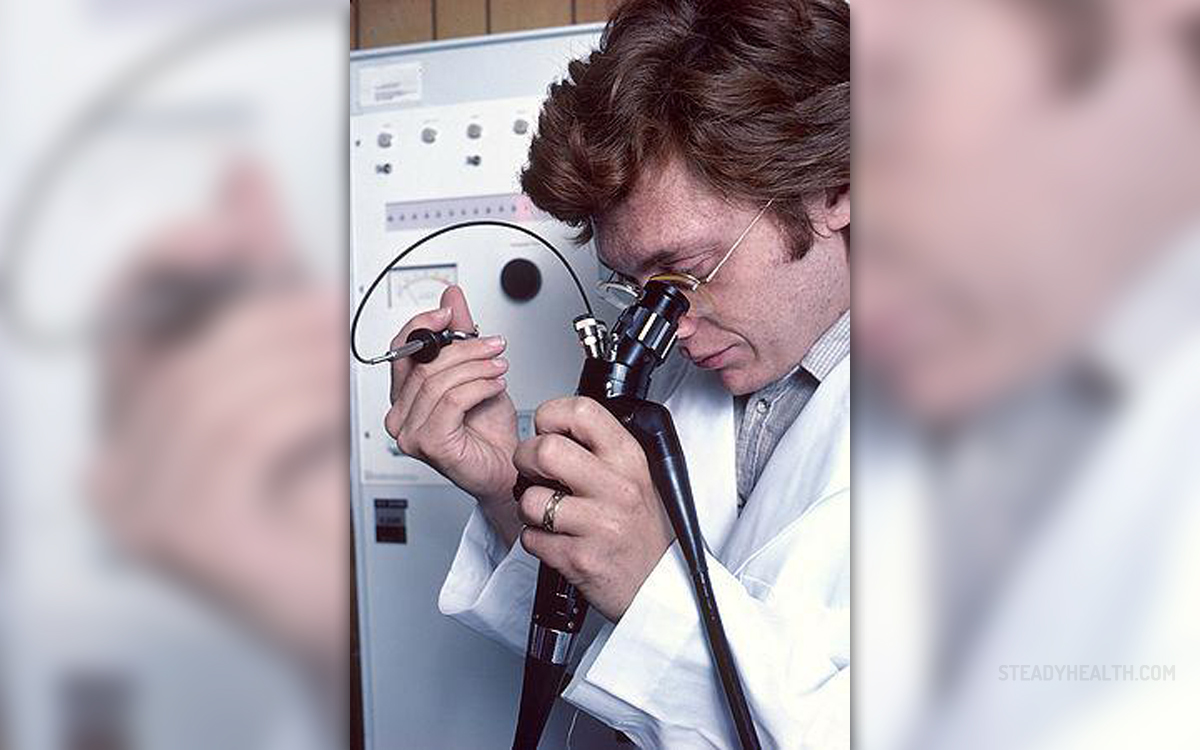
Upper gastrointestinal endoscopy is a procedure that involves insertion of a lighted, flexible tube (an endoscope) in the upper portion of the gastrointestinal tract (the esophagus, stomach and duodenum). The tube allows doctors to investigate the surface of the mentioned organs, easily notice abnormalities if these exist and with the assistance of instruments that may also be introduced into the upper GIT deal with certain medical issues.
Indications for Upper Gastrointestinal Endoscopy
This is a very powerful procedure which makes diagnosing certain conditions much easier. For instance, the camera attached to the tube easily detects ulcers, abnormal growths, precancerous lesions, inflammation of different kind etc. The procedure itself is also helpful when it comes to diagnosing hiatal hernia, protrusion of the upper portion of the stomach into the chest cavity.
However, this is not a first diagnostic procedure doctors opt for when certain problems regarding the upper GIT develop. Before GI endoscopy, patients undergo less invasive tests and exams such as barium swallow and certain blood tests. Still, if these fail to provide with sufficient data regarding the very condition, endoscopy will inevitably be performed. The procedure may easily reveal the reasons behind abdominal pain and nausea, swallowing difficulties, unexplained weight loss and the site of bleeding if there is any bleeding from the upper portion of the GIT. It is also used for confirmation of gastroesophageal reflux disease. And finally,upper GI endoscopy is used for removal of the stuck foreign objects such as food or accidentally swallowed items.
Prior to the Procedure
Firstly, it is essential that the upper portion of the GIT is empty so that doctors can examine each and every portion of the esophagus, stomach and duodenum. In order to achieve this patients are not supposed to eat or drink anything 4-8 hours prior to the procedure. They should also abstain from smoking and chewing gum.
Secondly, all patients are due to inform their doctor about conditions they are suffering from. This particularly refers to heart or lung problems, diabetes and allergies to medications. Some medications patients take on regular basis might be discontinued until the procedure is done because they increase the risk of bleeding or may interact with sedatives administered before/during the procedure. For instance, doctor recommend discontinuation of NSAIDs, blood thinners, some antihypertensive drugs, diabetes medications or antidepressants.
Finally, even if one is taking dietary supplements he/she is supposed to report them because such products may also precipitate side effects during or after the procedure.
GI Endoscopy - The Very Procedure
Upper gastrointestinal endoscopy is practically always performed in a hospital. It may also be done in an outpatient center. Before the procedure takes place patients receive a local liquid anesthetic. The medication is administered in the form of a gargle or spray. Anesthetic agents are highly efficient when it comes to numbing the throat and reduction of the gag reflex which is easily triggered by the insertion of an endoscope through the oral cavity. Sedatives are administered intravenously. These drugs are act against fear and panic most patients experience. Sedatives relax patients and make them feel comfortable throughout the procedure.
The exam starts with insertion of an endoscope through the mouth and down the esophagus into the stomach and duodenum. What follows is careful inspection of all the organs of the upper portion of the GIT. During the endoscopy doctor may also take samples of tissues (biopsy) which are then sent for pathohistological evaluation.
After the Procedure
Once the exam is over, patients are transferred into the recovery room where they spend around an hour or sometimes more. They are discharged only when the effects of sedatives wear off and if there are no symptoms or signs of complications. It is normal for one to experience mild nausea and feel tired. These sensations are expected side effects of sedation. Sore throat occurs as well because of irritation caused by an endoscope. This problem soon withdraws.
Side effects of sedatives may linger for 12-24 hours and this the reason why patients should have somebody to drive them home. The rest is a must for the remainder of the day. In the majority of cases there are no restrictions regarding diet and most patients continue taking their medications as soon as they are released.
It is possible to be informed about results immediately after the procedure. However, if biopsy has been performed, results are obtained after a week or two.
Are there any Risks?
Upper GI endoscopy carries certain risks. Namely, patients may have adverse reactions to sedatives. Also, there may be prolonged bleeding after biopsy (more common if patients continue taking anticoagulants even though they have been instructed not to do so). In rare occasions rupture of the upper GIT occurs.
In case patients develop swallowing difficulties, suffer from severe throat/chest/abdominal pain, prolonged vomiting, bloody/dark stool and fever, these medical issues must be reported at once since they indicate potential complications.






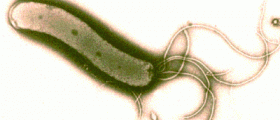


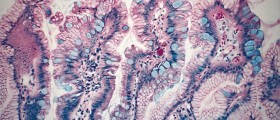
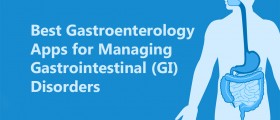



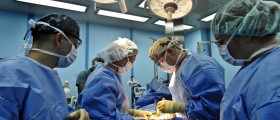
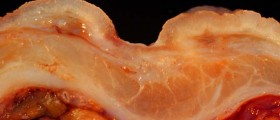
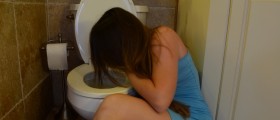
Your thoughts on this
Loading...